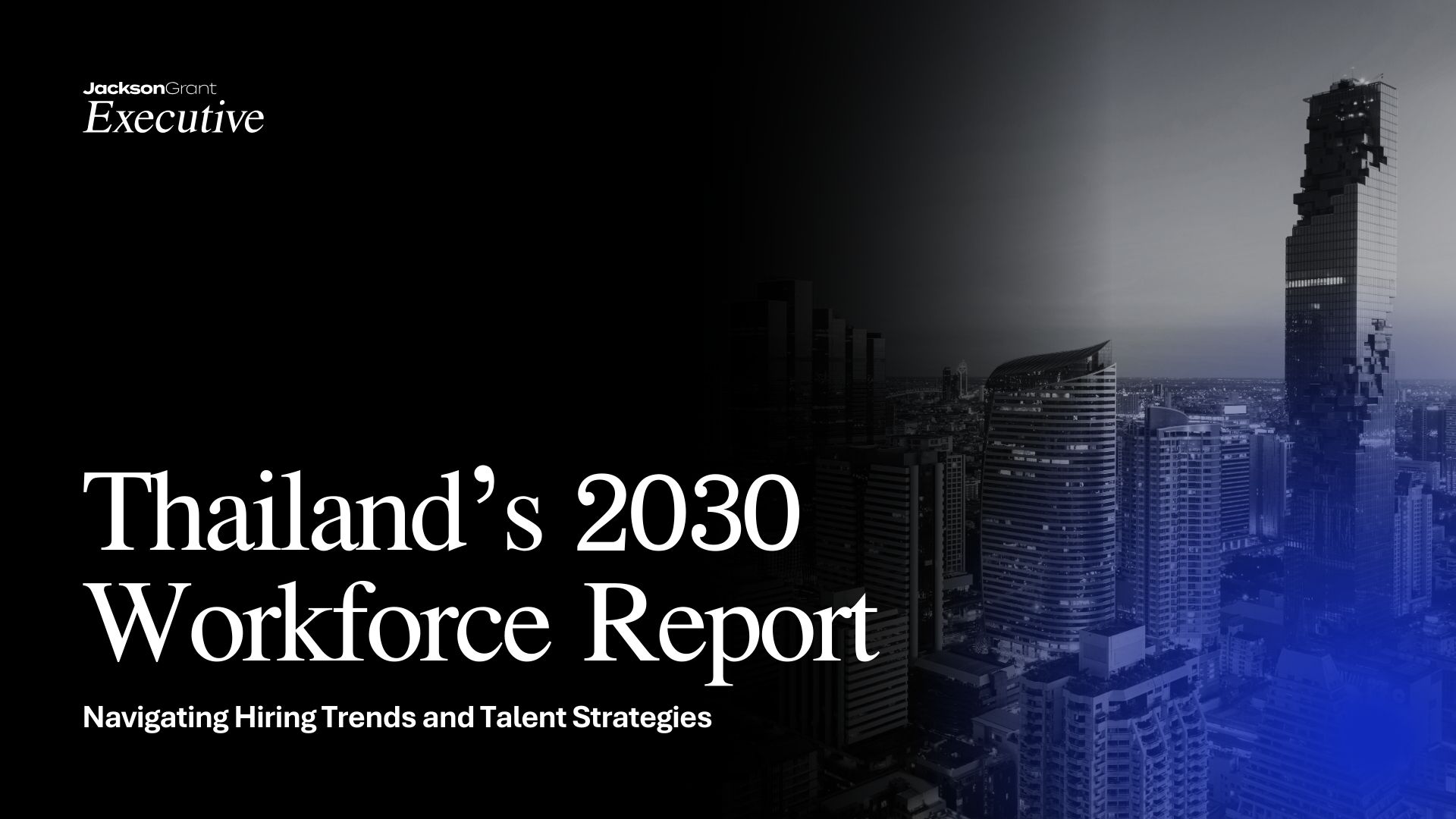Executives from the ‘Global North’ sometimes treat ‘Asia’ as a monolithic term representing a single region with shared traditions, collectivist values, and hierarchical workplaces. Certainly, there are many similarities in cultures that span from Japan all the way down the coastline to the Indonesian archipelago, including the islands of the Republic of the Philippines.
But anyone who has led teams in multiple Asian cities like Bangkok, Singapore, Shanghai, and Tokyo will quickly set the story straight. Asian cultures are diverse, and to navigate each culture well is a highly nuanced experience.
Understanding differences isn’t about collecting trivia. It’s about mastering the art of culturally intelligent leadership, the ability to lead effectively across cultures because you’ve learned that followers expect different kinds of leadership from country to country.
Let’s take a closer look at what makes Asian leadership so fascinating and so easy to misunderstand.
One Region, Many Rhythms
Even the ASEAN countries are so culturally diverse that you dare not employ the same leadership style everywhere.
In Thailand, maintaining harmony often takes priority over speed. Thai followers respond particularly well to kindness. In team settings, indirect communication and respect for hierarchy protect relationships, even when it slows progress.
In Vietnam, by contrast, you’ll find a dynamic, youthful workforce hungry for growth and experimentation. While hierarchy still exists, younger employees often challenge it more openly than their Thai counterparts. The tempo is faster, and assertiveness is less risky.
Then there’s Singapore, where a cosmopolitan mix of Chinese, Malay, Indian, and Western influences creates an efficiency driven, rule oriented culture. Meetings begin on time, communication is relatively direct, expectations are high, and feedback is often much more candid than in Thailand and Vietnam. The leadership norm is professional rather than paternal.
Then if you cast the net more broadly throughout Asia, cultural differences appear even more stark. While most countries are comfortable with ‘top down’ decision making, the Japanese highly prefer to make decisions by consensus. In China, negative feedback is delivered in a much more direct manner than in Myanmar or Cambodia, and the Chinese are significantly more comfortable with open disagreement than Thais are.
Each country follows a distinct rhythm, one shaped by history, religion, education, and so much more. A leader who uses the same tone, pace, or motivational style across all contexts will almost certainly frustrate followers in many locales.
Beyond Stereotypes: Reading the “Cultural Code”
It’s tempting to reduce these differences to neat categories such as Thais are “indirect,” Vietnamese are “ambitious,” Singaporeans are “efficient.” But effective cross cultural leadership goes deeper than stereotypes. It calls for what researchers call Cultural Intelligence (CQ), the ability to learn new cultural cues, reflect on your own biases, and adapt behavior accordingly.
For instance, when a Thai team hesitates to voice disagreement, it’s not apathy, it’s based on a value called khwamkrengjai, a deep concern for being polite and protecting the ‘face’ of all involved. A leader with high cultural intelligence in Thailand will draw out opinions privately or use group activities that allow safer expression.
Meanwhile, a Singaporean team might view that same indirect approach as confusing or evasive. There, credibility comes from clear logic and prompt decisions. A culturally intelligent leader will switch gears, be more explicit, clarify expectations, and use data to persuade others.
That ability to “code switch” across settings without losing your own authenticity is the heart of leading across cultures.
When “Respect” Means Different Things
Consider the idea of respect, a core value across all Asian cultures. Yet expectations and expressions of respect differ from country to country.
In Thailand, respect is scripted by profound hierarchy. You gain respect by using proper titles, waiting your turn to speak, and avoiding public contradiction of your boss or even your older colleague. In Vietnam, respect often means demonstrating diligence and loyalty to the team’s success. In Singapore, respect is meritocratic. Competence earns deference more than age or status.
If a non Asian leader interprets every Asian culture through a single lens, misunderstandings are sure to follow. In the name of “respect,” a quiet yes from a Thai subordinate may represent his polite hesitation, not agreement. A Vietnamese team member’s blunt suggestion might actually be loyalty in disguise, a desire to help the group succeed. A Singaporean manager’s criticism may reflect trust, not hostility.
Culturally intelligent leaders know how to decode these signals and how to teach their teams to do the same.
Adapt, but Remain Authentic
Many Western expats struggle with how much to adapt. Should they go fully local, or should they retain their Western styles? The answer lies in balance.
Adapting doesn’t mean losing your identity, it means expanding your range. Leaders who succeed in Asian contexts learn to flex between directive and participative modes, between efficiency and empathy. They translate their values into culturally resonant actions.
For example, a Western leader used to open debate might learn to solicit input through one on one conversations in Thailand, where public disagreements are rare. In Vietnam, they might channel their team’s ambition through stretch goals and rapid feedback. In Singapore, they might emphasize transparent metrics and well defined performance standards.
These shifts aren’t cosmetic, they’re strategic. They build trust and signal respect for local ways of working while keeping teams aligned around shared goals.
Humble Thyself: From “Expert” to “Learner”
Perhaps the hardest transition for expat leaders is to shift from the role of expert to the role of learner. In their home markets, they have led from confidence and clarity. But in Asian countries, their confidence must be tempered by curiosity.
The best leaders in Asia approach unfamiliar cultures with humility. They listen first. They notice things that are different and they withhold judgment. They ask why things work the way they do. They recognize that hierarchy, formality, or indirectness often have a social logic behind them.
This humility creates psychological safety for followers in that new cultural context. It can shorten the learning curve because followers recognize that the leader is respectfully trying to understand differences. This simple piece of advice, to stay humble and teachable, can be the difference between an expat who merely manages operations and one who inspires transformation.
The Future Belongs to the Adaptive
As Asia continues to rise as the fastest growing hub of global talent and innovation, being a leader in the region will demand even greater cultural intelligence. The future belongs not to those who master one national culture, but to those who can move fluidly among many.
Leaders who succeed here don’t claim to understand “how Asians think.” They seek to understand how different Asians think and how to bridge those differences with empathy, discipline, and adaptability.
Because in the end, Asia is not one culture. It’s a living mosaic of remarkable diversity. Leaders who thrive across this region aren’t necessarily the ones with the most business acumen, the most direct language, or the most uncompromising style. They’re the ones who know how to listen with curiosity and respect to the unspoken, the unfamiliar, and the sometimes invisible cultural rhythms that make each location in Asia, with all its diversity, a world of its own.
Author’s Note
Dr. Larry S. Persons is Director of Executive Development at JacksonGrant Executive. He helps global and local leaders build cultural intelligence and adaptive leadership habits that travel well across Southeast Asia.
Connect with Dr. Larry on LinkedIn for more insights and reflections on leadership and cultural intelligence.



